 KR Webzine Vol.123
KR Webzine Vol.123
- Dec. 2021
- Nov. 2021
- Oct. 2021
- Sep. 2021
- Aug. 2021
- Jul. 2021
- Jun. 2021
- May. 2021
- Apr. 2021
- Mar. 2021
- Feb. 2021
- Jan. 2021
- Dec. 2020
- Nov. 2020
- Oct. 2020
- Sep. 2020
- Aug. 2020
- Jul. 2020
- Jun. 2020
- May. 2020
- Apr. 2020
- Mar. 2020
- Feb. 2020
- Jan. 2020
- Dec. 2019
- Nov. 2019
- Oct. 2019
- Sep. 2019
- Aug. 2019
- Jul. 2019
- Jun. 2019
- May. 2019
- Apr. 2019
- Mar. 2019
- Feb. 2019
- Jan. 2019
- Dec. 2018
- Nov. 2018
- Oct. 2018
- Sep. 2018
- Aug. 2018
- Jul. 2018
- Jun. 2018
- May. 2018
- Apr. 2018
- Mar. 2018
- Feb. 2018
- Jan. 2018
- Dec. 2017
- Nov. 2017
- Oct. 2017
- Sep. 2017
- Aug. 2017
- Jul. 2017
- Jun. 2017
- May. 2017
- Apr. 2017
- Mar. 2017
- Feb. 2017
- Jan. 2017
- Dec. 2016
- Nov. 2016
- Oct. 2016
- Sep. 2016
- Aug. 2016
- Jul. 2016
- Jun. 2016
- May. 2016
- Apr. 2016
- Mar. 2016
- Feb. 2016
- Jan. 2016
- Dec. 2015
- Nov. 2015
- Oct. 2015
- Sep. 2015
- Aug. 2015
- Jul. 2015
- Jun. 2015
- May. 2015
- Apr. 2015
- Mar. 2015
- Feb. 2015
- Jan. 2015
- Dec. 2014
- Nov. 2014
- Oct. 2014
- Sep. 2014
- Aug. 2014
- Jul. 2014
- Jun. 2014
- May. 2014
- Apr. 2014
- Mar. 2014
- Feb. 2014
- Jan. 2014
- Dec. 2013
- Nov. 2013
- Oct. 2013
- Sep. 2013
- Aug. 2013
- Jul. 2013
- Jun. 2013
- May. 2013
- Apr. 2013
- Mar. 2013
- Jan. 2013
- Dec. 2012
- Nov. 2012
- Oct. 2012
- Sep. 2012
- Aug. 2012
- Jul. 2012
- Jun. 2012
- May. 2012
- Apr. 2012
- Mar. 2012
- Feb. 2012
- Jan. 2012
- Dec. 2011
- Nov. 2011
- Oct. 2011
- Sep. 2011
- Aug. 2011
- Jul. 2011
- Jun. 2011
- May. 2011
- Apr. 2011
- Mar. 2011
- Feb. 2011
- Jan. 2011
- Dec. 2010
- Nov. 2010
- Oct. 2010
- Sep. 2010
- Aug. 2010
- Jul. 2010
- Jun. 2010
- May. 2010
- Apr. 2010
- Mar. 2010
- Feb. 2010
- Jan. 2010
- Dec. 2009
- Nov. 2009
- Oct. 2009
- Sep. 2009
- Aug. 2009
- Jul. 2009
- Jun. 2009
- May. 2009
- Apr. 2009
- Mar. 2009
- Feb. 2009
- Jan. 2009
- Dec. 2008
- Nov. 2008
- Oct. 2008
- Sep. 2008
- Aug. 2008
- Jul. 2008
- Jun. 2008
- May. 2008
- Apr. 2008
- Mar. 2008
- Feb. 2008
05
May 2018
- KR Inside
- KR R&D Trends
-
Technical News
- Flag instruction for COSMO faulty fire doors – Marshall Island
- Standard form for “Maximum rate of discharge of untreated sewage”
- MEPC-72 News Flash
- Distribution of SEEMP Part II Samples (Amendment, 2018.04.11)
- PSC Information - U.S and Australia
- PSC Trends - 1st quarter 2018
- [PSC] Enhanced security measures implemented in China
- Port State Control Detentions
1. Project Outline
The LNG Plant Business is a national R&D project that develops new and original technology for LNG liquefaction processes and commercial liquefaction plant design. The project uses EPC technology to enter the global LNG plant market through the development of maritime plant design technology. Launched in 2008, the R&D project which consists of one overarching project, five core projects and a total of 36 sub-projects, focuses on developing new processes for LNG liquefaction and developing original technology for commercial liquefaction plant design. An additional project focused on developing LNG-FPSO design began in 2011.
KR’s R&D institute joined the R&D project in the second half of 2011 and has taken the lead on the “Development of Safety and Reliability Engineering Technology for LNG-FPSOs” which is the third sub-project of the fourth core project.
During the six years of research up until December 2017, Korean Register has successfully completed three research goals, which included the design of new safety modules which are applicable to different offshore plants and are essential for LNG-FPSOs.
The three research goals are:
● Establishment of risk and reliability analysis methods for LNG-FPSO
● Development of safety design modules for LNG-FPSO FEED
● Risk and reliability assessment on LNG-FPSO FEED package
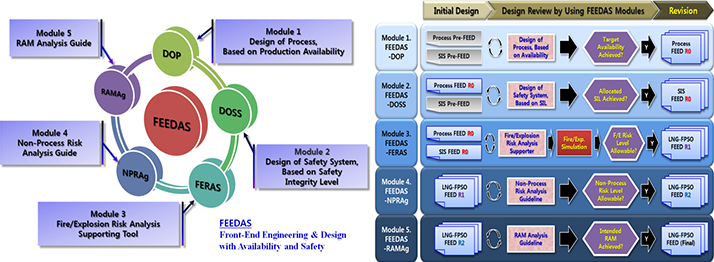
[Figure 1. Concept of LNG-FPSO Safety Design Modules]
2. Project Outcomes
Korean Register has applied risk and reliability analysis technology to evaluate the safety and reliability of LNG-FPSO design and has as a result developed five safety design modules which are applicable to the actual design. The safety design modules are developed in the form of guidelines that systematically describe the analysis procedures and details to an applicable level, based on the existing risk and reliability analysis theory and methodology.
Three of the modules contain additional support software to conduct related task analysis more quickly and accurately. KR has also applied the developed safety design modules to the LNG-FPSO FEED package to estimate the risk and reliability of the design and evaluate its suitability. Details of the projects research achievements are as follows.
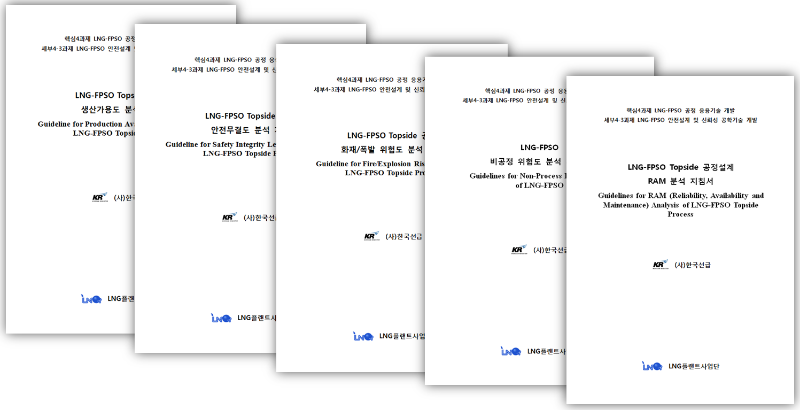
[Figure 2. LNG-FPSO Safety Design Modules – Guidelines]
2.1 Safety Design Module 1 & 5 – RAM Analysis on LNG-FPSO
Topside Process
Using RAM analysis, it is possible to predict the production performance of a process design and effectively identify the more vulnerable systems that may affect the production losses. This makes it possible to improve the performance of the main devices and subsystems of the target process system and to improve the basic configuration of the process in a reasonable manner.
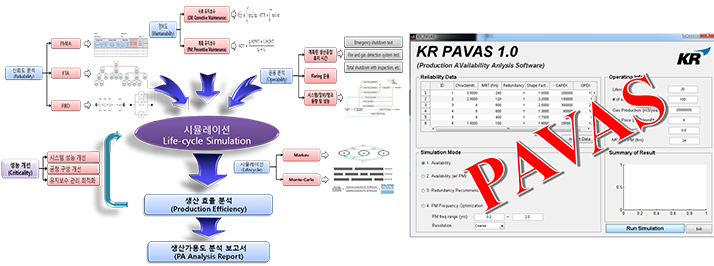
[Figure 3. Safety Design Modules – RAM Procedure and Software]
2.2 Safety Design Module 2 – SIL Analysis on LNG-FPSO Topside Process
The SIL (Safety Integrated Level) is the classification of SIS (Safety Instrumented System) level according to its PFD (Probability of Failure on Demand). It is defined in four levels in IEC 61508 document. SIS refers to a device or system that implements a SIF (Safety Instrumented Function) required for a process system. Various methods have been proposed to determine SILs, and as the most representative method, LOPA (Layer of Protection Analysis) which is used frequently at present. LOPA is a way of defining the acceptable risk level according to the causes and results of accidents identified in HAZOP and evaluating whether the system satisfies it. The aim of LOPA is to provide a protection layer of a process system, and its key feature is to calculate the probability of all the protection layers failing and an accident occuring.
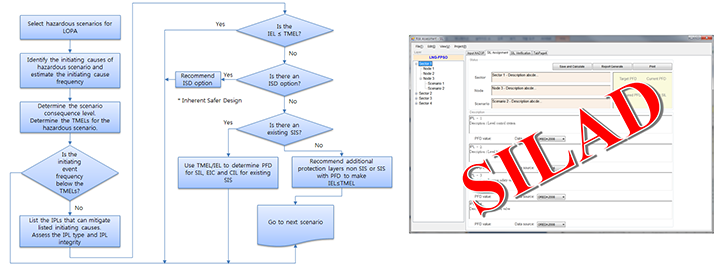
[Figure 4. Safety Design Modules – SIL Analysis Procedure and Software]
2.3 Safety Design Module 3 – Fire/Explosion Risk Analysis on LNG-FPSO Topside Process
LNG-FPSO topside processes contain large amounts of flammable natural gas inside, as a result the risk of fire and explosion accidents are one of the most critical hazards. As a result fire/explosion risk analysis is an essential process in LNG-FPSO safety design. Fire/explosion risk analysis is generally conducted in accordance with consecutive accidental development processes such as [Leak → Ignition → Fire or Explosion → Damage].
The fire/explosion risk analysis can predict the frequency and consequences of fire or explosion accidents on LNG-FPSO in a quantitative manner, and combining these results, it is possible to calculate the quantitative risks of fire/explosion accidents. The fire/explosion risk analysis concentrates on the impact on the workers onboard and any essential equipment on deck.
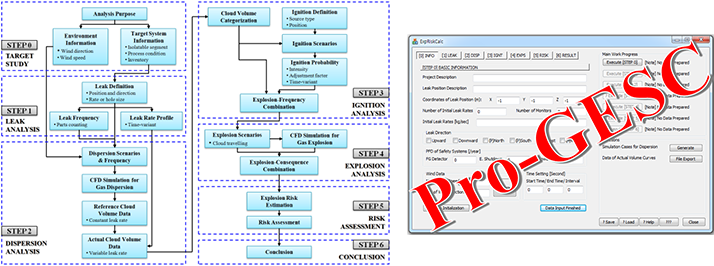
[Figure 5. Safety Design Modules - Fire/Explosion Risk Analysis Procedure and Software]
2.4 Safety Design Module 4 – Non-Process Risk Analysis on LNG-FPSO
A ship collision risk analysis is a quantitative evaluation of the risk that may arise from collision of ships passing near the offshore plant or supply vessels for the plant. This is one of the typical non-process risks and is used to prepare measures to reduce the risk of loss of life, and damage to property and the environment caused by the collision of adjacent ships.
The overhead work on offshore installations is mainly carried out by cranes. The deck area on an offshore plant where much of the equipment is arranged in a congested space, is always at risk from heavy objects falling from cranes. For this reason, the risk analysis of potential objects dropped from cranes on deck is essential to the design of offshore installations.
Fatality risk analysis examines the safety of workers on offshore installations. The analysis explores aspects of escape, evacuation and rescue. The design of an LNG-FPSO escape/evacuation/ rescue system is focused on the safe evacuation of all the people aboard the vessel. By reviewing the occurrence of specific accidents, the progress of each escape/evacuation/rescue phase can be very complicated, and rational and practical quantitative risk assessment, systematic and precise consideration is required.

[Figure 6. Safety Design Modules – Non-Process Risk Analysis Procedure]
2.5 Risk and Reliability Assessment on LNG-FPSO FEED Package
Risk and reliability assessment on LNG-FPSO FEED package has been conducted using the safety design modules already mentioned. Using reliability analysis, more than 93% of the production availability is estimated for 20 years of operational life, and an optimum preventive maintenance cycle is established. In addition, 200 SIFs are identified through an SIL allocation study using LOPA, and about 1% of the SIFs identified are understood as being required SIL 3 level.
Using the risk analysis, the individual risk per annum to LNG-FPSO crews is found to be lower than the level of 10-4, and an operational plan to further reduce the individual risk level is proposed. Furthermore, the structural design criteria to prevent explosive overpressure is proposed for the blast wall and the turret structure in front of the living quarter of LNG-FPSO topside, enabling it to withstand a possible gas explosion accident, which has a likelihood of occurring once every 10,000 years.
Finally, 12 safety engineering documents related to the risk and reliability analysis on LNG-FPSO FEED package are prepared as listed in Table 1 below.
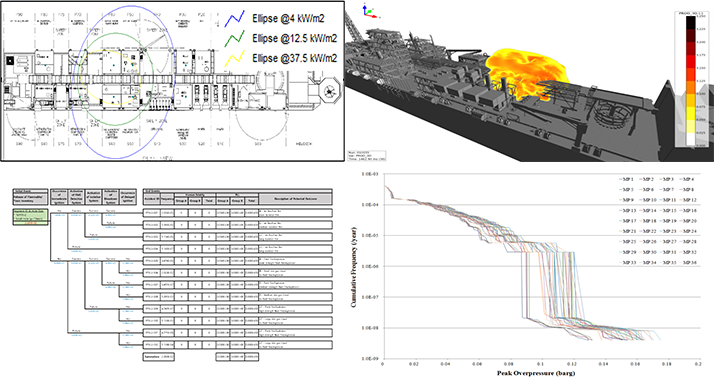
[Figure 7. Fire/Explosion Risk Analysis on LNG-FPSO FEED Package]

[Figure 8. RAM Study on LNG-FPSO FEED Package]
[Table 1. Safety Engineering Documents of LNG-FPSO FEED Package]
|
No. |
Document No. |
Document Title | Issue Date |
|
1 |
LFPT-KOR-F-00-DOC-003 | HAZID Report | 2014.11.30 |
|
2 |
LFPT-KOR-F-00-PHY-001 | Safety Design Philosophy | 2014.11.30 |
|
3 |
LFPT-KOR-F-00-DOC-003 | HAZOP Report | 2016.01.05 |
|
4 |
LFPT-KOR-F-00-DOC-006 | SIL Allocation Report | 2017.08.31 |
|
5 |
LFPT-KOR-F-00-DOC-004 | FMEA Report | 2015.05.29 |
|
6 |
LFPT-KOR-F-00-DOC-005 | RAM Report | 2017.08.31 |
|
7 |
LFPT-KOR-F-00-DOC-007 | Gas Dispersion Analysis | 2017.07.31 |
|
8 |
LFPT-KOR-F-00-DOC-008 | Vent Mast Dispersion Analysis | 2017.07.31 |
|
9 |
LFPT-KOR-F-00-DOC-002 | Fire Risk Analysis | 2017.08.31 |
|
10 |
LFPT-KOR-F-00-DOC-009 | Explosion Risk Analysis | 2017.08.31 |
|
11 |
LFPT-KOR-F-00-DOC-010 | Escape,Evacuation and Rescue Analysis | 2016.12.31 |
|
12 |
LFPT-KOR-F-00-DOC-011 | Quantitative Risk Assessment | 2017.08.31 |
3. Expected Contribution
3.1 Technical Expectation
● At present, the design and engineering of offshore installation projects is dependent on
overseas engineering companies, as Korean heavy industry companies are engaged in
projects around the world. The results of this study will help to reduce technological
dependence on foreign companies and to achieve technological self-reliance.
● From the results of this study, Korean heavy industry companies can develop the world’s
highest level engineering technology for LNG-FPSOs, strengthening the competitiveness of
the Korean shipbuilding and offshore industries.
3.2 Economic and Social Effects
● Using the results of this study, Korean companies can expand their work area into the safety
engineering of offshore installations and domestic companies can increase their share of the
new global market for LNG-FPSOs.
● It is expected that Korean heavy industry companies can reduce the construction cost of
LNG-FPSO projects through improved technological competitiveness, reducing a drain of
foreign currency.
ANNEX. What is LNG-FPSO?
It is a maritime mobile multi-functional plant that can move to a distant maritime gas field, and floats while producing, storing, and offloading LNG. (LNG-FPSO: Liquefied Natural Gas-Floating Production, Storage and Offloading)
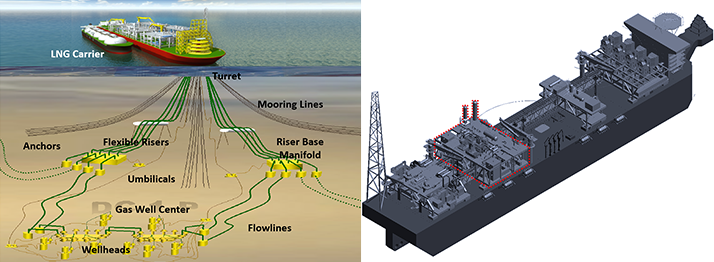
[Figure 9. Overview of LNG-FPSO Concept]


